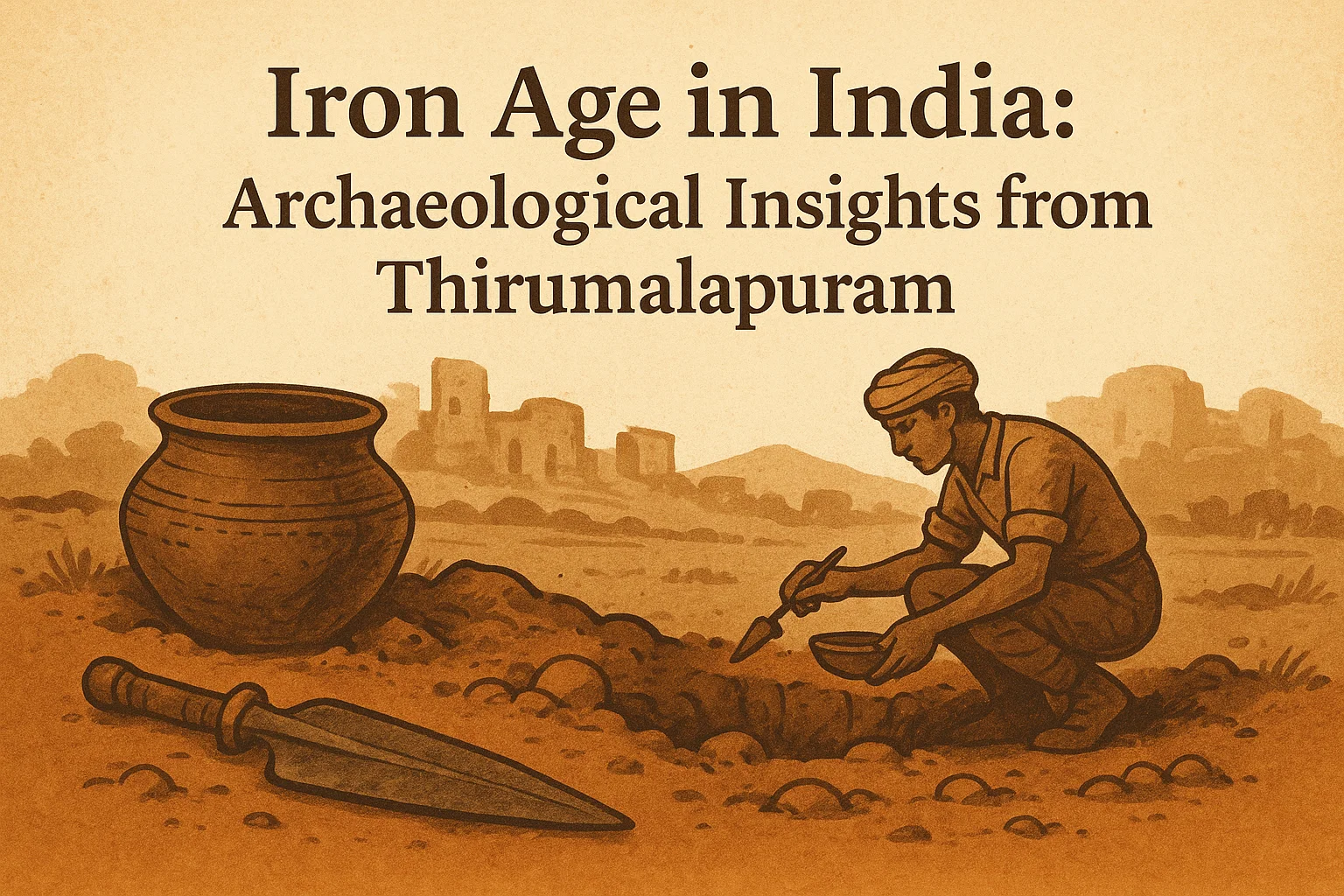Font size:
Print
Successful Cloning Breakthrough for Endangered Species Conservation
Context:
Black-footed ferrets, one of North America’s most endangered mammals, recently saw a major milestone in conservation with a successful birth from a cloned ferret.
- This event holds promise for reviving endangered species through cloning technology.
Historic Achievement
- First successful birth: A cloned black-footed ferret named Antonia gave birth to three kits at the Smithsonian National Zoo and Conservation Biology Institute (NZCBI).
- Out of the three kits, two survived, marking a significant achievement in conservation efforts.
Importance of Genetic Material
- Cloning origin: Antonia was cloned from Willa, a wild black-footed ferret whose genetic material was preserved since 1988.
- Genetic diversity: Willa’s genetic makeup had three times the genetic diversity of the current ferret population, aiding in the survival of the offspring.
Black-Footed Ferret Population Crisis
- Threatened status: Classified as endangered, with only 370 individuals estimated in the wild according to the World Wildlife Fund.
- Population decline factors: Loss of habitat and increased diseases have significantly impacted the species.
Overcoming Genetic Challenges
- Genetic bottleneck: Nearly all existing ferrets descend from seven survivors, resulting in limited genetic diversity.
- Cloning solution: Cloning Antonia from Willa has introduced new genetic diversity to the population, providing hope for long-term recovery.
- Potential for Conservation of Other Species:Conservation implications: This success signals the potential of cloning in restoring populations of other endangered species facing genetic challenges.


